This article was originally published on Heinrich Böll Foundation North America.
Transparency is an important but easily overlooked agenda in the mix of challenges facing Public-Private Partnerships (PPPs) that aim to tackle a range of development imperatives, such as provision of infrastructure and other critical social services. The World Bank recently published ‘A Framework for Disclosure in Public-Private Partnership Projects,’ a practical tool intended to help countries set up PPP disclosure frameworks, based on an earlier eleven-jurisdiction study.
The new World Bank report is meant to address the ‘dearth of literature and guidance on policy and practice in PPP disclosure and a wide gap in the understanding of the mechanics of disclosure by practitioners within governments and the private sector’. It is a welcome contribution to that effort. But the report needs to go further if we hope to see the PPP transparency movement gain firmer traction, especially in the context of the UN 2030 Agenda for Sustainable Development agreed in September. PPPs are meant to be key implementing mechanisms under the 2030 Agenda, but they raise more questions than answers, as a recent report by the Institute for Human Rights and Business points out.
Here are five things beyond the World Bank’s recommendations that can help promote PPP transparency:
-
Beyond country-level disclosure: Country-level disclosure is a start, but it does not always get us far enough, unless requirements and practices are harmonized. Take the G20’s enthusiasm for cross border infrastructure projects, or the World Bank’s penchant for large ‘transformational’ projects. When large-scale infrastructure projects, such as roads, railways, transmission lines, and pipelines, cross one or more borders, national agencies from two or more countries will have to work together to reconcile and streamline different national regulatory requirements. What can be done to ensure important issues like PPP disclosure, or other national regulatory requirements, aren’t overlooked when a project-specific management and compliance framework is set up in a great hurry across borders? We can only place so much reliance on individual country systems. We need a harmonized approach across borders on key disclosure parameters.
-
Beyond a toolkit: Toolkits offer technical solutions while leaving controversial issues untouched. They can serve a purpose in creating common approaches to disclosure over a period of time. But why should we patiently wait for countries to cautiously experiment, while trillions of dollars rush into developing countries to fulfill their infrastructure needs? What is needed is a series of instruments and a roadmap for action to advocate for harmonized PPP disclosure. Even if there is no appetite for an international standard on PPP disclosure, the World Bank’s framework can be used to derive key disclosure principles, starting with a clear statement of a presumption in favor of transparency. Such a presumption will help create a focus on the overriding imperative for disclosure, rather than on technical exceptions, like redaction based on broad confidentiality or national security assertions. We also need incentives, private sector champions, case studies (particularly on exceptional cases against disclosure), creative communication, advocacy, and alliances; in other words, a lot more bold thinking and action.
-
Beyond the infrastructure sector: The dearth of literature and gaps in PPP disclosure practice can be overcome in part by looking to the extractive sector, and mining and oil and gas industries in particular. There is a rich history of making public disclosures through initiatives like the Extractive Industries Transparency Initiative and Publish What You Pay, initiatives of civil society that managed to create deep collaboration in transparency practices among governments, industries, civil society organizations, and academics. While the drivers of greater transparency in the extractive sector may be different – oil, gas and mining projects tend to generate large revenue payments accompanied by significant governance risks – both extractives and infrastructure projects can have potentially broader implications for the public, both positive and negative, and equally benefit from project and contracts disclosure. In fact, the World Bank’s new framework was in part sponsored by the Construction Sector Transparency Initiative (CoST), a country-led effort targeting infrastructure projects in 13 countries. Surprisingly, the Bank’s report is mostly silent on CoST or the Open Contracting Partnership, both transparency initiatives that the World Bank actively supports. We should learn from cross-sectoral experience and lessons from other transparency initiatives.
-
Beyond institutional silos: Governments, PPP advisory facilities, multilateral and bilateral development banks, other international financial institutions, and the private sector do work together to promote PPPs. But there is no common platform among them to promote PPP disclosure - the problem of institutional silos and lack of leadership persists. According to an official from the US Trade and Development Agency, there are 63 infrastructure project development facilities around the world. Imagine what these PPP facilities could do if they pushed aside differences and created a joint platform to facilitate project and contracts disclosure, in close coordination with international financial institutions? Some of these institutions already have good transparency initiatives. Take, for example, paragraph 53 of the IFC’s Policy on Environmental and Social Sustainability. It encourages either IFC or its private sector clients to disclose key information of projects involving the final delivery of essential services, such as household tariffs and tariff adjustment mechanisms, service standards, investment obligations, and the extent of government support. EBRD does not have such a policy, but it has one on affordability of services in its Environmental and Social Policy. It also collaborated with an association of over 300 private utility companies to publish guidance on how public service providers should disclose environmental information in accordance with the Aarhus Convention. What if all international financial institutions set their differences aside and take a coordinated step toward a common policy and practice on PPP disclosure? The private sector won’t be able to rely on institutional differences to refuse disclosure.
-
Beyond financial and commercial perspectives: The World Bank’s overriding focus on financial and commercial perspectives, whether through references to financing, financial integrity and management, procurement, or competition, fails to acknowledge the wider spectrum of citizen and community hopes and concerns relating to proposed infrastructure and social service projects. Those who will be physically close to the construction and operation of a PPP project would naturally want to know what risks they will bear for a broader public benefit, such as pollution, influx of workers, threats to health, safety and security, resettlement, changes in their livelihoods and living standards, and so on.
To meet these concerns, disclosure criteria must explicitly include non-financial risks – environmental, social, and human rights risks during construction and operation of the proposed project, which are mostly missing from the World Bank’s proposed framework. Failure to assess, consult on and manage these risks early in the process could have an unexpected price tag in the construction phase. To avoid this problem, these risks have to be assessed, and mitigation measures must be proposed, costed, and explicitly included in the bidding process, so that winning bidders become obligated to implement them. These are fundamental risks that are just as serious as corruption and mis-procurement risks, and must be a key component in any PPP disclosure framework.
Beyond those immediate and legitimate concerns, citizens generally want to know whether promised public services are in fact provided. Citizens have the right to expect provision of social services – this right is guaranteed under international human rights instruments, and was affirmed squarely at the Finance for Development conference earlier this year. They have the right to hold their government to account for their obligations to provide these services. PPP transparency must serve their accountability needs as well. A PPP disclosure framework that caters mostly to the procurement process may be overly technical and not user-friendly. Citizens will need a place to easily find information that they seek. PPP disclosure is not just about financial management, efficiency, or anti-competition. It’s about our fundamental right to social services.

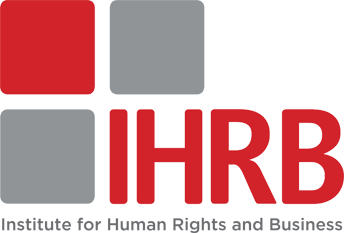
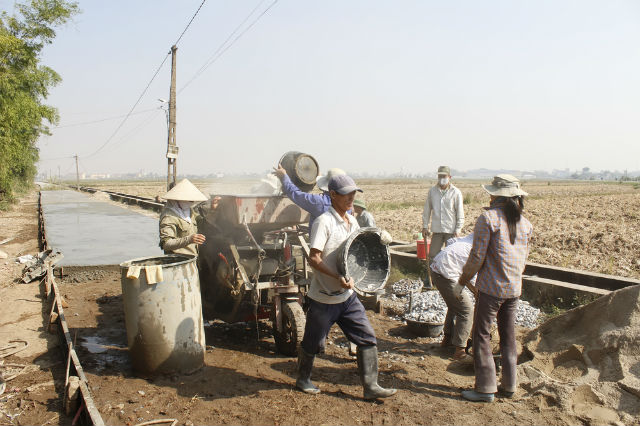

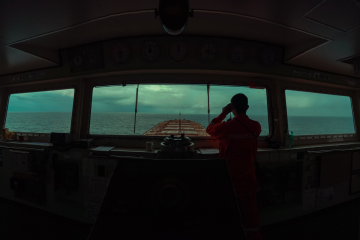




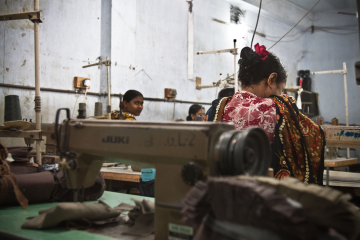

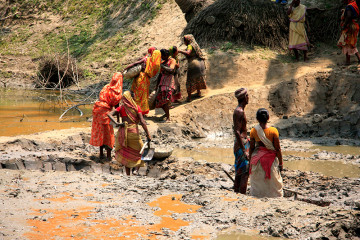
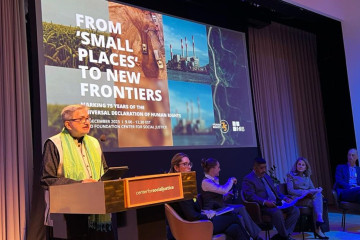
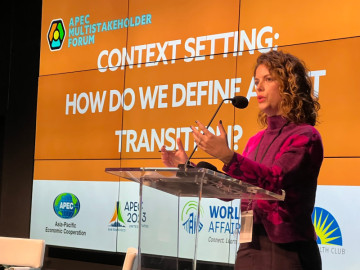
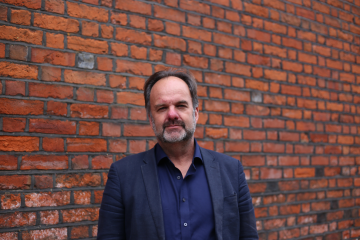
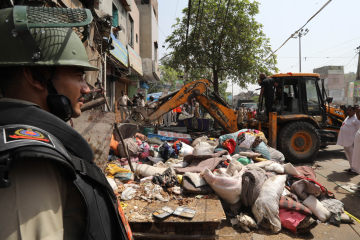




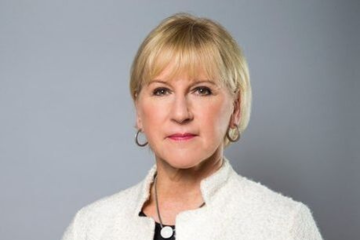
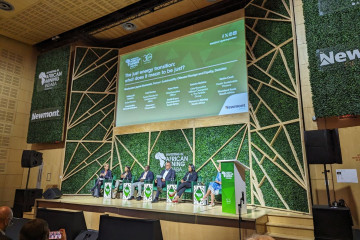


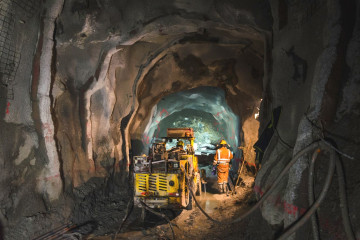

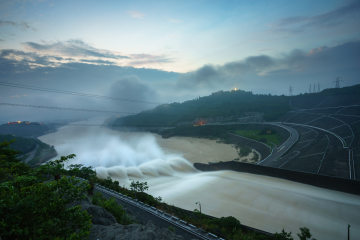

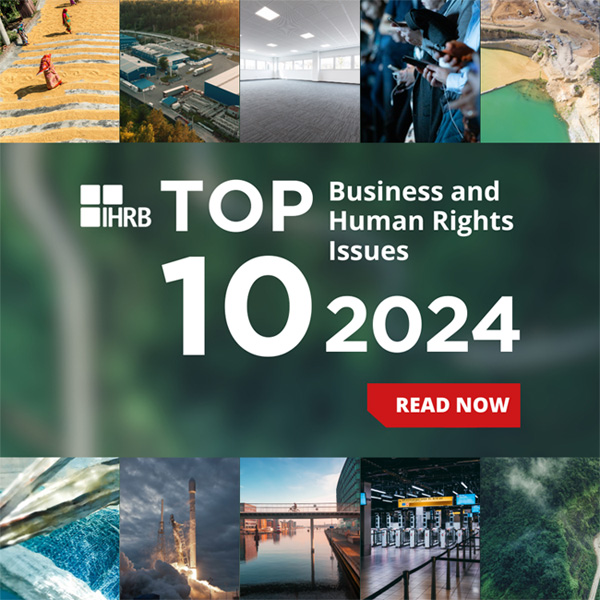
How should businesses respond to an age of conflict and uncertainty?
As 2024 began, European Commission President Ursula von der Leyen aptly summed up our deeply worrying collective moment. As she put it, speaking at the annual World Economic Forum in Switzerland, we are moving through “an era of conflict and...
26 March 2024 | Commentary
Commentary by Scott Jerbi, Senior Advisor, Policy & Outreach, IHRB